Blog
Bad Posture? Simple Things to Improve Your Posture.

Have you ever done something and thought, I am making this harder than I need to or think there has to be an easier way to do this?
Many of us make posture harder and use way more effort than we need to use.
Here is an example.
How do you change your posture from what you think is slouching to not slouching?
Often people will pull their shoulders back, lift their chest or arch their back and pull in their abdominal muscles.
That strategy for posture uses at least seven of the larger muscles in your body just to sit or stand. That does not seem very efficient. Along with a lack of efficiency, this type of change will enforce misalignment of our spine, by using larger moving muscles for posture, putting extra pressure on our joints and organs while limiting how our body should move when breathing.
What should you do if you want a ‘good’ posture while using less effort?
When seated:
Be sure that you are sitting on your SITS bones NOT your tails bone. This will put your weight th...
Put some IMS Magic in Your Squats

Squats. You may love or hate them when it comes to exercise but, the movement is a basic movement of life. In and out of a chair is a squat. On and off a toilet is a squat.
Even a basic movement of a squat can cause many to have back or knee discomfort. Often we hear clients are advised by well-meaning health professionals to avoid squats. As you can see that is almost impossible if you understand the fundamentals of movement.
Let's take a look at some less-than-optimal ways to squat and why.
Not unlike Goldilocks finding the right bed to sleep in, there is an optimal and less than optimal way to squat for the overall comfort and health of your spine and other joints.
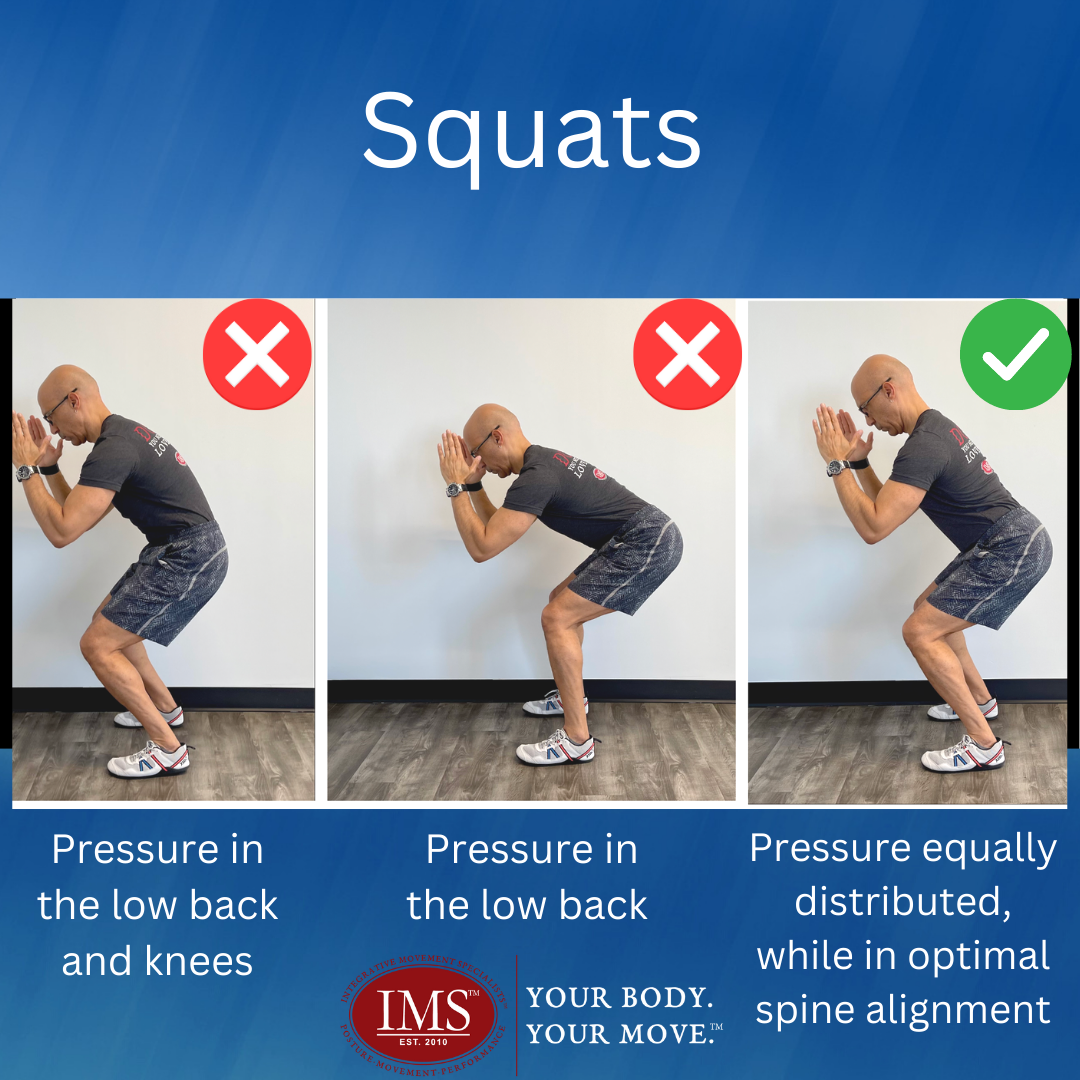
If you look at the overall posture and alignment in the last picture you can see the model easily sitting down in a chair. No, falling into a chair or couch is not ok.
Now let's talk a little about the IMS Magic ie., the principles of alignment, breathing, and control when you squat.
Below are three ways to s...
The Magic is in the Details
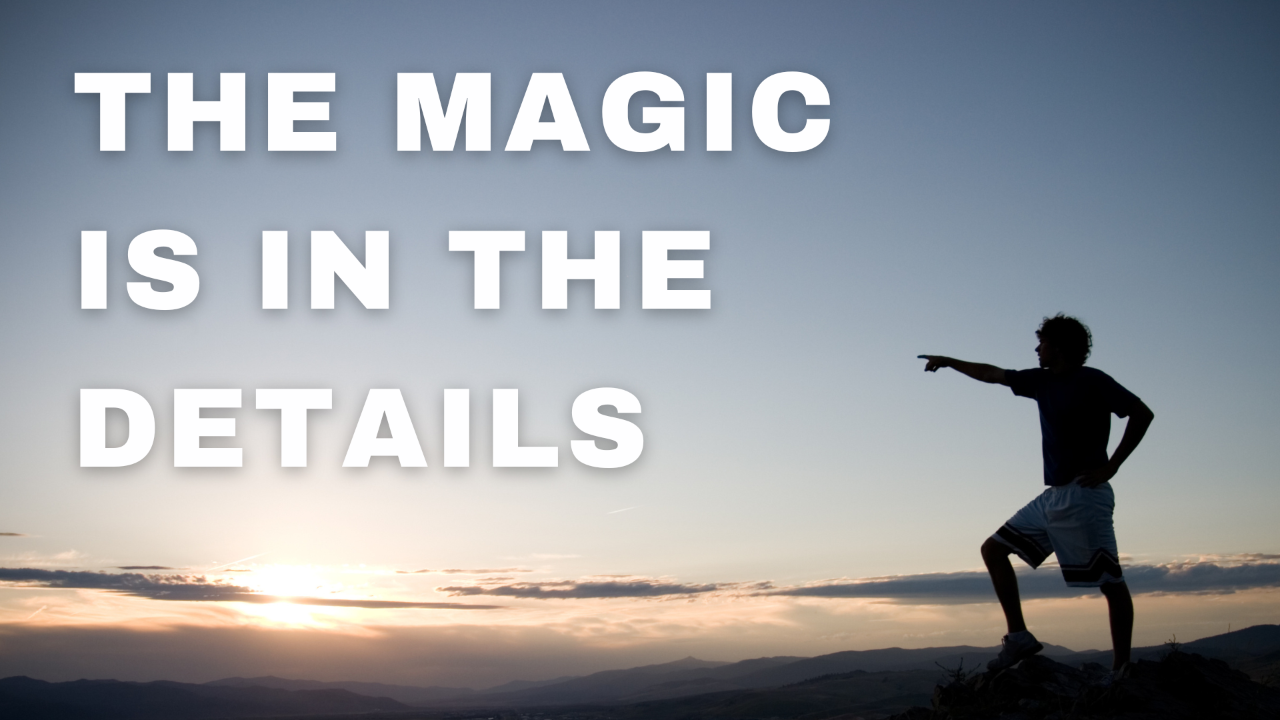
Clients often say, "I'm not sure what we just did, but it was like magic my legs feel so much lighter or my neck is moving so much better". Well, we are hardly magicians. We don't wear magic hats and pull rabbits from them.
What we do is not magic, but the magic feeling happens in the details and you too can experience the magic.
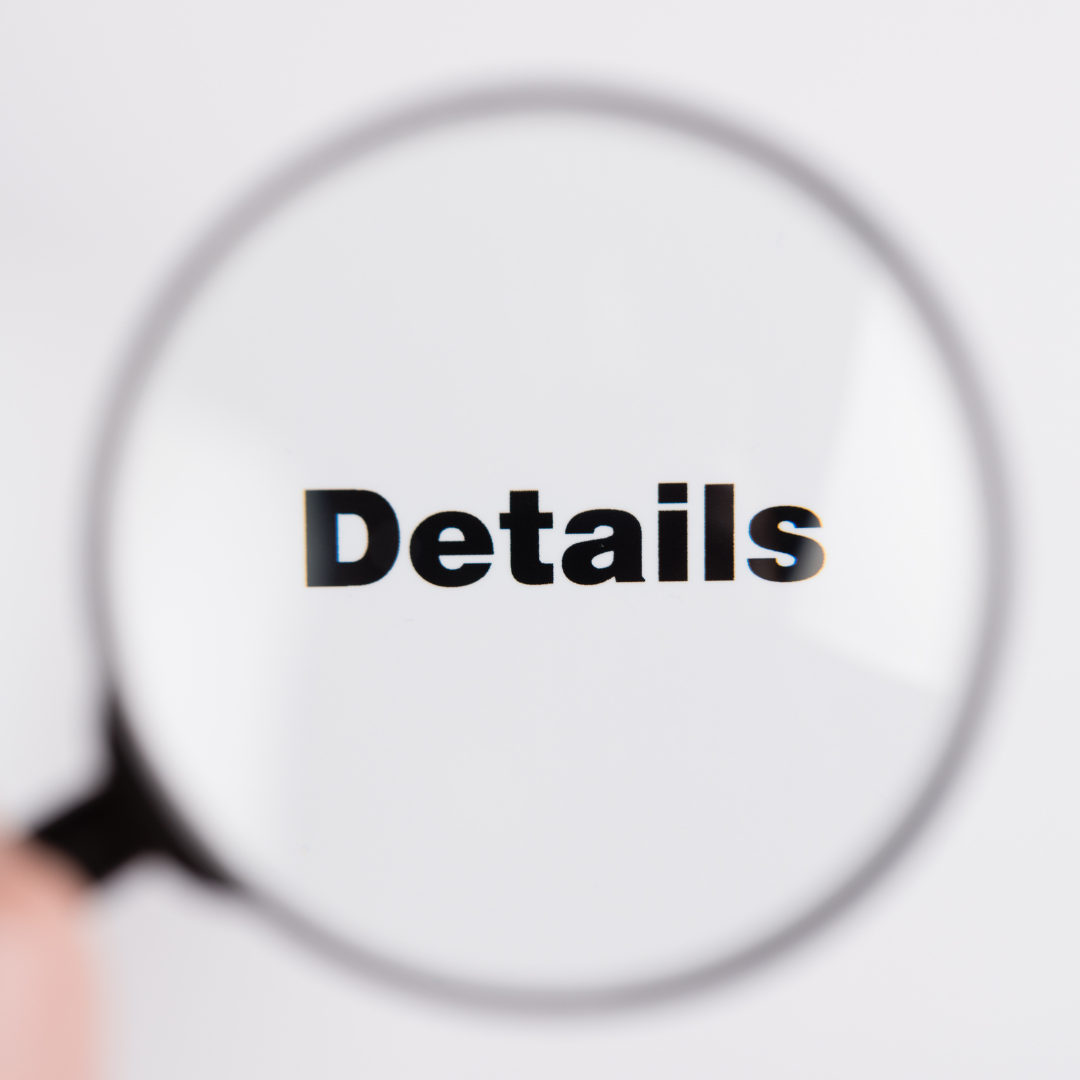
Getting your body to move and feel better through exercise requires three details:
- Optimal alignment or close to it
- Three-dimensional breathing
- Using the right effort for the task at hand or known as control
As you know exercise comes in all forms. If you feel a need to stretch during or after exercise you likely missed or compromised one of the above.
Compromise happens for many reasons, the weight was too heavy, fatigue, too much time, previous injuries, poor movement habits, poor exercise habits, pushing yourself beyond the point where your body can maintain the three details above.
None of this means you should not lift heavy weight or ...
Give this a try for your neck and shoulders.


During this month's newsletters, we have discussed the connections of our head, neck, shoulders, and rib cage, as well as the role of that one thing we do all day long that can contribute to our neck and shoulder discomfort, breathing.
In today's installment, we will discuss some 'easy' things you can do to help calm that nagging discomfort. Easy is in quotes because you can easily overdo the suggestions we will make here.
Let's talk posture first. From a young age, you may have heard, 'stand up straight, pull your shoulder back, etc.'
This was well-meaning advice. However, it likely was not great for your neck and shoulders over time. Our spines are not straight, at least not from top to bottom. They have gentle curves to help lessen the pressure when we load them. Our shoulders are not meant to be back behind the rest of our bodies. If our shoulders are back, doing work in front of our bodies is challenging.
Let's add just a little more challenge to the above. You likely ...
Free up your shoulders and neck

Do you ever find yourself wanting to stretch your neck or shoulders, and you find that it gives you just momentary relief? Have you ever gotten a massage that felt so great while you were receiving it, and then a day or even an hour later, the tightness returned, and sometimes it felt even worse? It was not the therapist’s fault or yours.
There is an intimate relationship between your head, neck, shoulders, and rib cage.
- Eight muscles connect your head to your neck
- Six muscles connect your shoulders to your neck
- Two muscles connect your head to your rib cage
- Ten muscles connect your rib cage to your neck.
What this should tell us is that we likely can’t just fix one thing, and all our troubles will go away if it were only that easy.
All is not lost, though.
There are many reasons why your neck, shoulders and we will include upper back may feel chronically tight. Here are a few we see regularly:
- History of surgery (it does not have to be in the area of chronic tightne ...
Do You Struggle with Neck & Shoulder Issues?
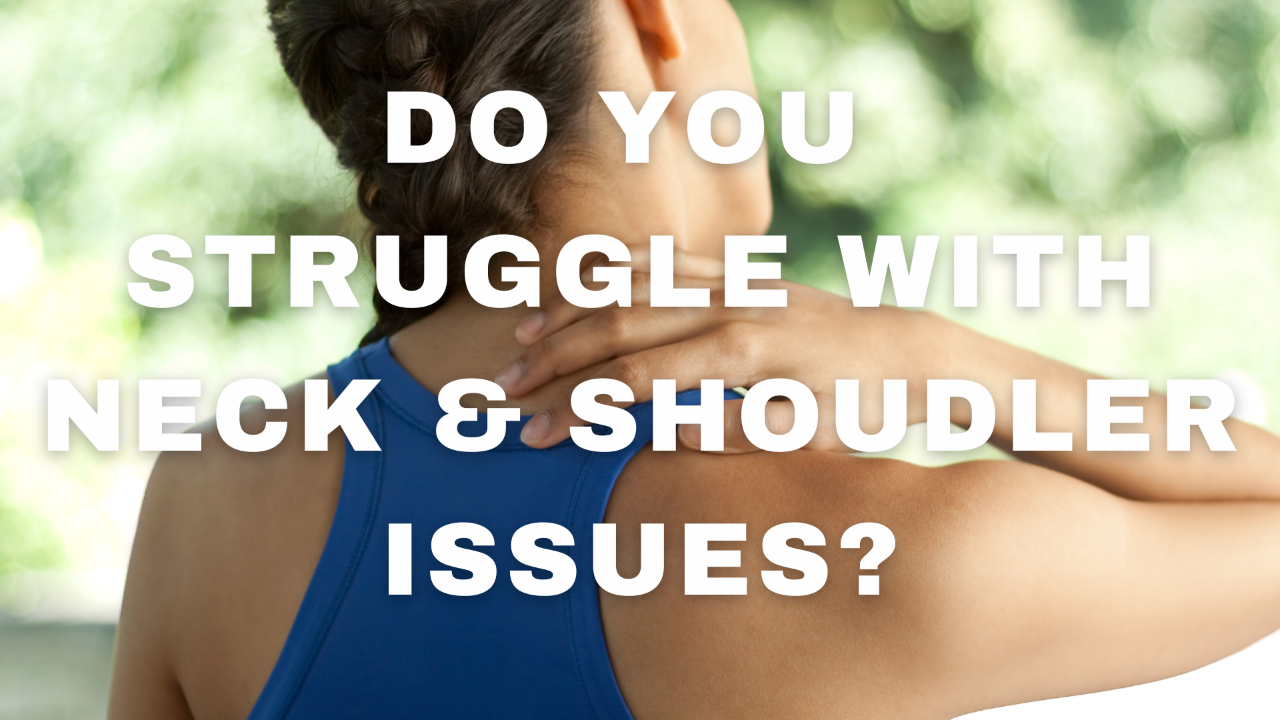
Prominent organizations like Mayo Clinic and Cleveland Clinic agree that the common causes of neck discomfort are posture and osteoarthritis. They both concur that osteoarthritis is the most common cause of shoulder problems. At the same time, prominent orthopedic organizations believe rotator cuff issues like tendonitis to be the most common cause.
Now you know the most common causes of neck and shoulder discomfort. Here is the good news, most of these are related to your habits. Osteoarthritis and tendonitis do not happen overnight. They occur over days, months, and years of repeated activity performed in a manner that wears and tears on the soft tissue (muscles, tendons, cartilage, etc.) and then begins to wear away the bone.

So what is the good news?
You can change your habits to slow the wear and tear in these areas. The biggest challenge is knowing what to change and how to make the changes.
A widespread piece of advice is to get stronger. Very often, this is not good advic...
Alignment & Balance Training
Learn more about alignment and balance training with Jenice Mattek from Chicago Integrative Movement Specialists.
Top 3 Lower Body Exercises

In this fourth and final installment about improving flexibility in your hips we are going to show the optimal way to perform some common exercises to get the most benefit for the health of your muscles and joints.
8 Key reminders:
- Always aim to maintain alignment of your rib cage over your hips
- Maintain your foot tripod
- Avoid cues like, pull your abs in or squeeze your glutes
- Pain is NOT ok
- Your flexibility should improve when you execute the exercises correctly
- To maintain the above you may find you do not move as deep or as far into and exercise or lift as much weight
- Be ok with less is more sometimes in the case of reps/sets and weight for the health of your joints and muscles. You can build back up, now with optimal form
- How you exercise, repetition after repetition will translate into your posture and how you move.
Last issue we shared the importance of being able to hinge at the hip joint. Note in the model below how no matter the exercise the motion happens at...
This Motion is Key to Great Feeling Hips & Back

If you have been following our recent newsletters, we have been sharing strategies to help your hips move and feel better.
In this issue, we will discuss a key to keeping the ideal motion of your hips during everyday activities as well as during exercise. Bonus to the concept we will discuss today it is also key for the health of your spine.
In the picture below Dr. Osar is demonstrating an optimal hip hinge.
Keys to a hip hinge:
- The motion happens in the hip joint (where Dr. Osar's hands are placed)
- Your head, trunk, spine, and pelvis move together as one.
- It is ok to have a slight knee bend


In the picture above Dr. Osar is showing us a suboptimal hip hinge. You can see the moton is occurring at the low back and neck. If you look at the difference between the glutes in the two pictures notice the glutes in the top photo are in alignment with the rest of the body and in the lower picture the glutes are almost pointing down toward the floor.
The hip hinge is so impo...
Free Your Hips

In our last blog post, we shared how and why your hips may be tight or feel uncomfortable. We also covered some habits you can work on throughout your day that may be contributing to your hip discomfort.
Today we will cover a way to self-assess how your hips are feeling and a self-release technique you can use to help free up your hips.
First, let’s have you check a couple of things.
Start by standing.
Place your hands on your hips with your fingers facing down towards the floor.
Run your hands down the sides of your hips.
Move them back slightly and repeat running your hands down the sides.
Do you notice a divot or even a slight indentation under your hands?
See the picture below.
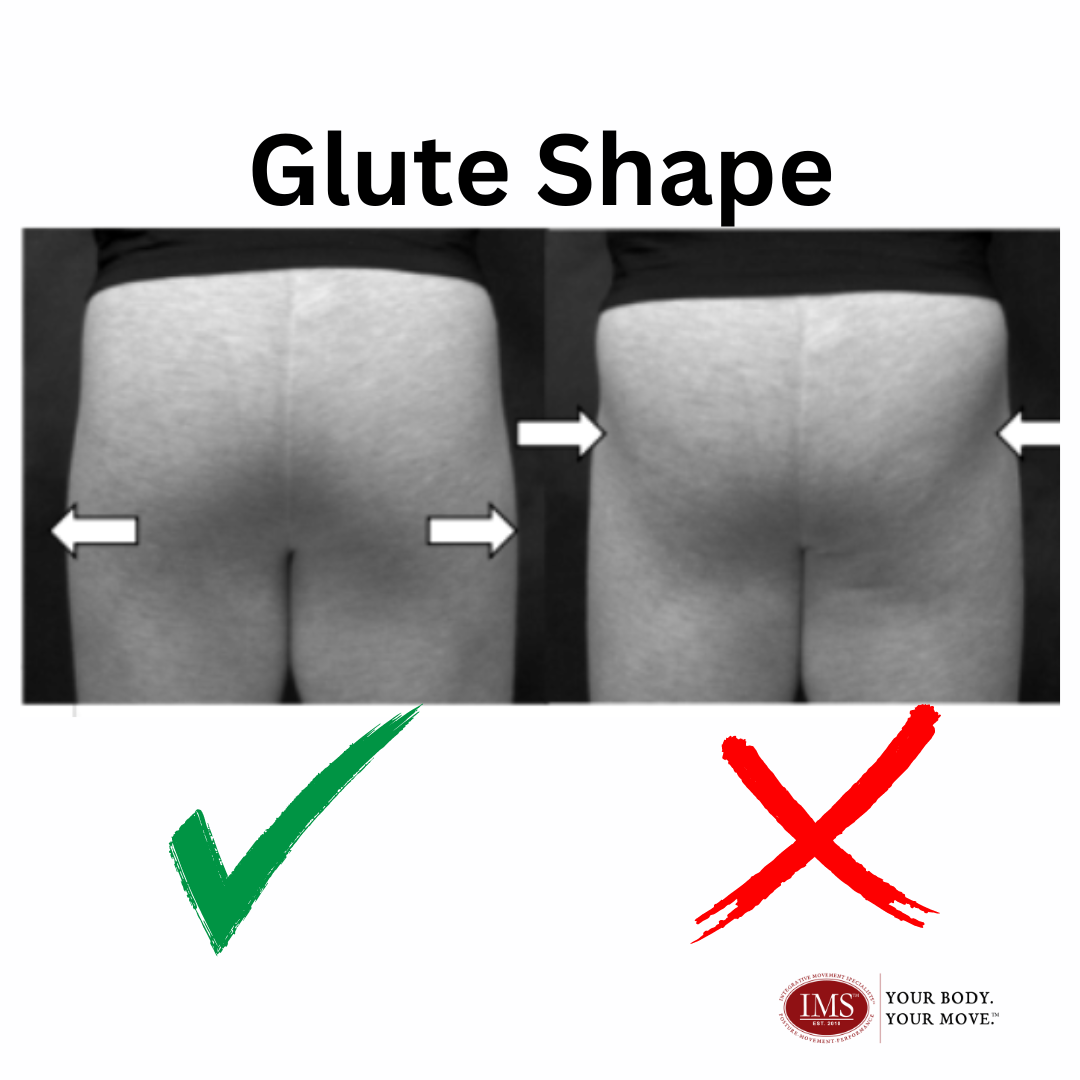
If you note an indentation, you are likely gripping or squeezing your glutes on the side(s).
Second assessment.
Stand with your feet comfortably together.
Rest your hands on your hips (pictured below)
Turn your whole body to your right as far as you can comfortably go.
Return to the cente...

